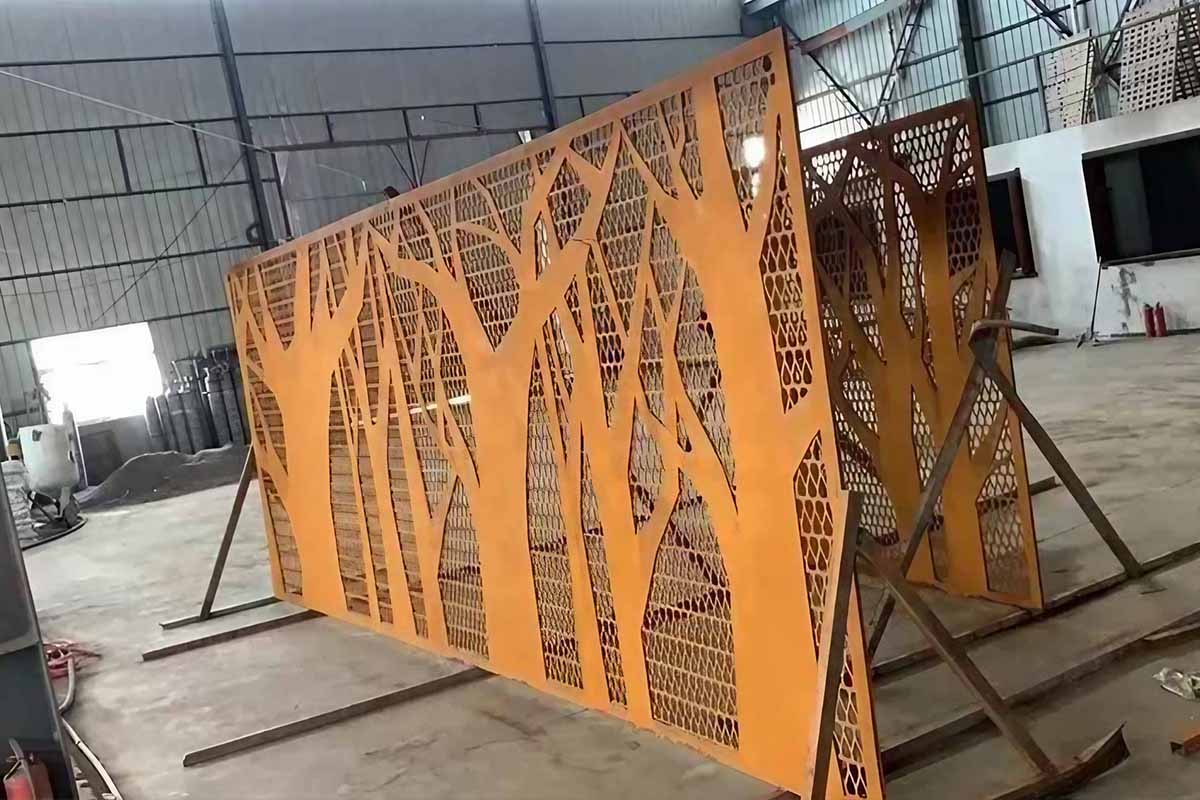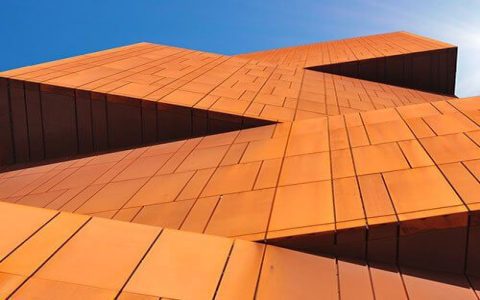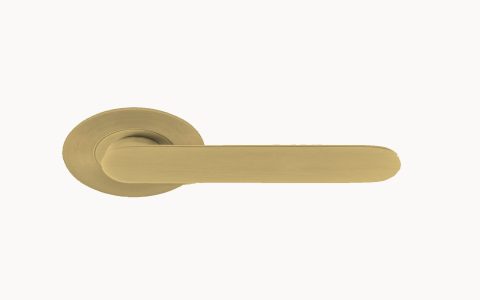Corten steel, also known as weathering steel (often referred to by its ASTM grade A588 or A242), is a group of steel alloys that develop a stable, rust-like appearance after several years of exposure to weather, eliminating the need for painting. This protective surface layer, or patina, is a key characteristic and provides significant advantages in architectural applications.
Properties and Advantages
- Self-Protecting Patina: The most distinctive feature of Corten steel is its ability to form a dense and adherent oxide layer when exposed to alternating wet and dry cycles. This patina significantly slows down further corrosion, making the material highly durable.
- Aesthetic Appeal: The patina evolves over time, changing in color from an initial orange-brown to a darker, more stable hue. This dynamic, warm, and textured appearance is highly valued by architects for its natural, industrial, and rustic aesthetic.
- Low Maintenance: Once the protective patina has stabilized, Corten steel requires minimal maintenance, as it does not need painting or other protective coatings. This reduces long-term costs and environmental impact.
- High Strength: Corten steel possesses good tensile strength, making it suitable for structural applications as well as cladding.
- Longevity: Due to its corrosion resistance, structures made from Corten steel can have a very long lifespan.
- Sustainability: Its durability and lack of need for paints or coatings contribute to its sustainability. Corten steel is also fully recyclable.
Applications in Architecture
Corten steel is utilized in a wide array of architectural applications, including:
- Facades and Cladding: It is widely used for building exteriors, providing a distinctive and robust finish.
- Structural Elements: Beams, columns, and other structural components can be made from Corten, often left exposed for aesthetic effect.
- Roofing: Corten steel can be used for roofing systems, offering durability and a unique visual character.
- Landscape Architecture: Common in retaining walls, planters, edging, water features, and outdoor sculptures due to its rugged appearance and weather resistance.
- Bridges: Its strength and low maintenance make it a suitable material for pedestrian and vehicular bridges.
- Art Installations: The material's sculptural qualities and evolving patina are favored by artists for public art.
Considerations and Limitations
While Corten steel offers many benefits, there are important considerations:

- Rust Runoff (Staining): During the initial weathering phase, rainwater runoff can carry rust particles that may stain adjacent porous surfaces like concrete, stone, or stucco. Proper design detailing, such as drip edges or collection systems, is crucial to manage this.
- Initial Weathering Period: The full development and stabilization of the protective patina can take several months to a few years, depending on environmental conditions. During this time, the appearance will change.
- Environmental Suitability: Corten steel performs best in environments with cycles of wet and dry conditions. It is generally not recommended for marine environments with high salt exposure or areas with constant dampness or industrial pollutants, as these can inhibit stable patina formation and lead to continuous corrosion.
- Welding and Fabrication: Specific welding procedures and filler materials are required for Corten steel to ensure the weld zones have similar weathering characteristics and corrosion resistance to the base metal.
- Contact with Dissimilar Metals: Care must be taken to avoid galvanic corrosion when Corten steel is in contact with certain other metals.
In conclusion, Corten steel provides architects with a unique material that combines aesthetic richness, durability, and low maintenance. Its characteristic weathering process creates a dynamic and evolving facade, making it a popular choice for contemporary and rustic designs alike, provided its specific characteristics and installation requirements are carefully considered.







